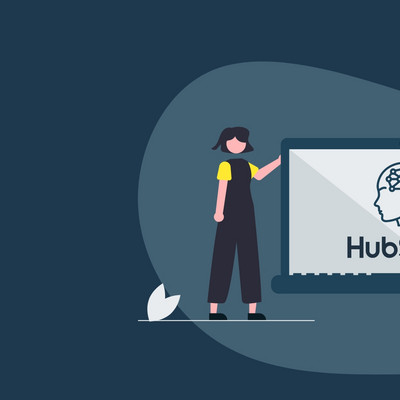"Neuromarketing" sounds challenging. Yet it examines and creates something that we constantly encounter in everyday consumer life - usually without realizing it. Companies use it to sell better, customers "fall for" it, but also enjoy it. What's behind it?
A subtle science that decodes consumer psychology
Have you ever chosen one product over another because it simply seemed "better" to you? Without being able to logically explain why?
80 to 95 percent of our purchasing decisions are not made rationally, but unconsciously and emotionally. Neuromarketing strategies make use of precisely this fact: they happen so subliminally that we hardly notice them. This interdisciplinary field of research investigates phenomena such as:
In order to find out what happens in our brains when we are exposed to certain advertising stimuli, neuroscientific and cognitive scientific methods are used: test subjects receive, for example, short displays of text, slogans, advertisements, packaging designs and short films, listen to jingles or sounds and are connected to measuring devices during this time.
The aim is to find out how the stimuli used affect them and which ones are most likely to persuade them to make a purchase. For example, they try to measure what feelings a campaign triggers, which tone in an advertisement is best received or which color people are most likely to click on a buy button. It's all about consumer behavior and psychology.
How is neuromarketing used?
Neuromarketing is a useful approach for market researchers to better understand customers and steer them towards purchases. It identifies stimuli that (unconsciously) make them want things and thus provides the basis for very subtle sales techniques.
This is a win-win situation for providers: neuromarketing helps them to fine-tune their products and services to the needs of their target group, attract attention, stand out from the crowd and better serve their buyers. Campaigns can be targeted more precisely and their success can be predicted more accurately. As customers/consumers feel their needs are better addressed, products are sold more successfully.
As consumers, we should be aware that neuromarketing has a significant influence on our purchasing behaviour, which often goes further than we are able to recognize. This is because it uses targeted insights into human emotions and unconscious processes to develop marketing strategies that appeal to us. Emotional and unconscious decisions are therefore cleverly used to guide our consumer behavior.
The term "neuromarketing" was coined by Dutch marketing professor Ale Smidts in 2002. Since then, extensive research has been carried out by the Brighthouse Institute for Thought Science, among others. However, studies from the 1970s are already considered to be forerunners. The development of medical technology was decisive: modern technologies made the measurement and mapping of electrical brain activity for marketing purposes possible in the first place. Among them:
- Functional magnetic resonance imaging (fMRI)
- Electroencephalogram (EEG)
- Positron emission tomography (PET)
- Eye tracking
- Biometric examinations of heart rate, pupil size, muscle activity, etc.
Wanting to buy - the "reward" principle
The reward principle plays a key role in our purchasing decisions: the more we expect and anticipate a form of "reward", the more likely we are to buy. Neuromarketing "knows" and uses the fact that our feelings and reactions are rarely a product of chance, for example as follows:
Point systems in online shops: The more points we collect or earn through purchases, the higher the rewards we can exchange for them. This is intended to encourage us to shop loyally and regularly with a company.
Wheel of fortune: People like to play. When we win something in a store prize draw, for example, we associate this joy with the brand - which creates a positive customer experience.
Music, sounds and colors influence our mood: they are used specifically to evoke connections that are firmly anchored in our minds.
The product arrangement in department stores, supermarkets and online stores deliberately guides you through the product range: goods for children are placed at their eye level, for example, and attract them with colors and sounds that are popular with them.
Also very popular - artificial scarcity creates pressure: Last chance! This one-off offer expires in 2 hours!
Is neuromarketing unethical?
Neuromarketing is often accused of manipulation. Critics warn that the deep penetration into people's brain activity in order to collect personal data and information about them is invasive and immoral. It makes us (even) more addicted to consumption, more dependent. It is also disputed whether it is really that much more accurate than conventional market research methods.
Conclusion
Neuromarketing tries to understand and predict how, when and why we decide to make a purchase. Its medical technology methods provide insights into human purchasing behavior. This also gives it the potential to influence our brain in and towards purchasing decisions - like an "invisible force" that penetrates deep into our subconscious and shapes our preferences. It is the responsibility of the selling companies to ensure that the latter is actually pursued and implemented in this way.



